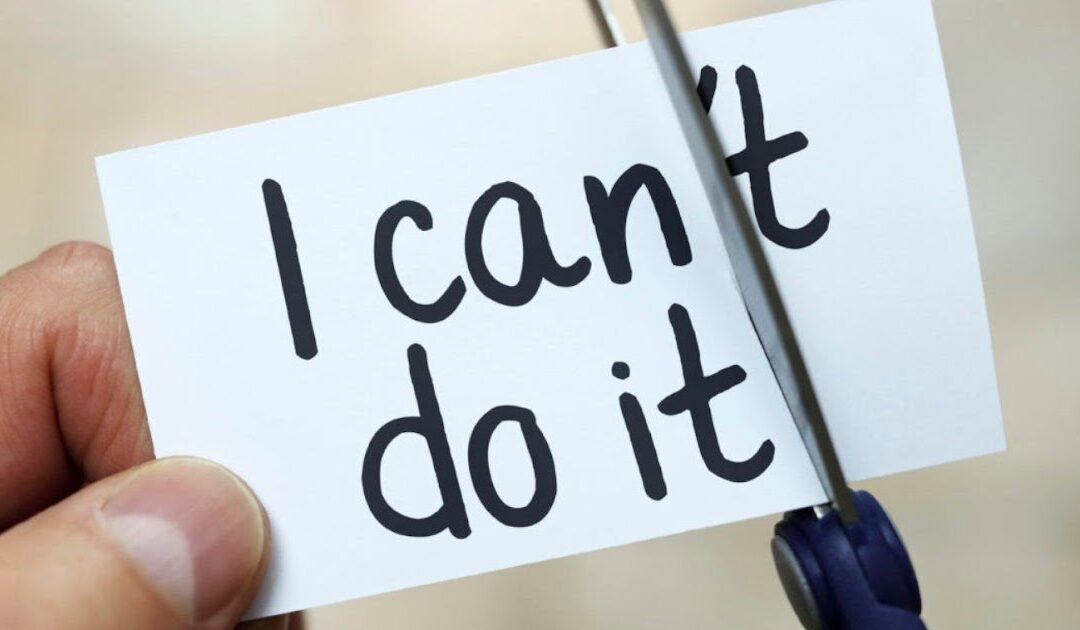By Danika Atchia, Kinesiologist
1) Find out what you like the most about being physically active

The first question you need to ask yourself is: “What benefits of physical activity are the most appealing to me?”
Here are some examples:
-Health benefits (improved sleep, blood flow, blood sugar, endurance, etc)
-Maintenance of physical function
-Hobby/ Me time
-Let off some steam
-Social time (you get to see people)
-Physical appearance (weight loss/ muscle gain)
Pick out activities that will provide you with the benefits of physical activity that attract you the most! For example, if you like being connected with nature look up trails and parks near you for walks or bike rides (in this case, a gym membership might not be the best option for you). If you enjoy being in a structured environment where your workout is already planned out for you, sign up for exercise classes/ programs. If you love being around friends and family, make it a group event and invite people to join you.
PICK ACTIVITIES THAT YOU ENJOY DOING!!!! Don’t force yourself to do a typical workout if you would rather be dancing or swimming or playing frisbee!
2) Incorporate physical activity in your schedule

CREATE A ROUTINE!
Incorporating physical activity in your daily/ weekly timetable creates scheduled times for your choice of activities on a regular basis!
This will cut out the excuses of not having the time and hold you accountable to follow your schedule. Some of you might find it more motivating to be physically active if you “have” to go for a scheduled 30-minute walk during your lunch break, or for this class right after work that you registered to.
Slow but steady. Plan according to your goals and habits, and don’t forget to schedule rest time and days off!
3) Set reasonable goals

Once you decided what type of physical activity you would enjoy the most, set short-term and long-term goals.
Examples of long-term goals:
-Participating in an event (ie: finishing a marathon)
-Acquire a skill (ie: being able to complete 50 perfect push-ups in a row)
-Being able to keep up your grandkids for a day
-Reduce stiffness, immobility and discomfort that sometimes follow physical activity
-Maintain physical function and fitness as you age
-Target weight
Examples of short-term goals:
-Walk 10 000 steps today
-Meet the Canadian Physical Activity and 24-Hour Movement guidelines this week
-Reach your shoulder full range of motion
-Only use stairs this month
Make sure your goals are SMART (Specific, Measurable, Attainable, Relevant, Timely)!
Don’t lie to yourself, you know what you are willing to do and what is not feasible. If your goals a not realistic you might get discouraged when you do not reach them. Nevertheless, challenge yourself, pick something that is out of your comfort zone and that you can work on regularly.
4) Keep track of your progress

Record your daily achievements! If you like checklists you might want to check off every time you complete your scheduled activity. If you like numbers record the number of steps you took, or the distance you’ve run, or the weight you’ve lifted. Track in accordance with your short and long-term goals so you can see the bigger picture of your progress and how far you have come! Baby steps can take you a long way! And don’t forget increasing your performance is not the golden standard; maintaining your performance as you age is where the real effort takes place!
5) Sign-up for classes/programs or group activities

Signing for a class/program that interests you holds you accountable for showing up and seeing it through. Similar to scheduling activities in your weekly timetable, paying for a class adds to your obligation to commit.
Classes and programs are also usually designed by professionals who know how to adapt to your needs and capacities. They are structured to keep you going on a regular basis. You might also meet people that have the same goals as you and may even become friends!
6) Ask your family and friends to join you on your adventure

Not a fan of being active by yourself? Organize group activities with your friends and family (kayaking, hiking, frisbee, dancing) or join activity groups in your area (walking groups, softball teams, etc).
It is always more fun to have people around, supporting and accompanying you in your journey! It makes time go by faster and gives you something to look forward to! It’s a 2 in 1 opportunity to be active and social at the same time!
7) Go easy on yourself

Don’t lie to yourself about becoming a whole new perfect person on Monday. Set goals that matter to you and expect the road to be hard and filled with ups and downs. When incorporating physical activity in your timetable, incorporate rest days or activities that are less intense to give yourself a break. Allowing and planning for “bad days” or unplanned interruptions is very important as these will most definitely occur. If you don’t plan for them you might feel discouraged by your inability to keep up. Whereas, planning irregularities allows you to reevaluate and adjust to life’s surprises.
8) Ask for help

While it is easy for me to write this all down, I am well aware that this process (setting goals, finding the right activity for you, scheduling, etc) can quickly become overwhelming. In many cases, it can really help to get a little nudge to get us going.
Ask anyone! Ask everyone! Help can come from your family, your friends, any class/ program instructor, any health professional. You can also consult with a kinesiologist or personal coach/trainer to set up a structured plan according to your goals and interests.
YOU GOT THIS!!!
Want to learn about Danika and her wellness programs?
Contacts us at:
☎️ (902) 370-2327
📧 reactivewellness.yoga@gmail.com
📍175 Shakespeare Drive, Stratford
https://www.reactivehealth.com/wellness/

